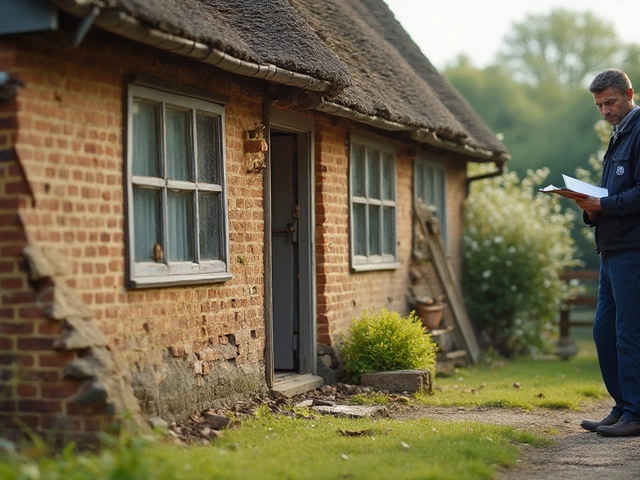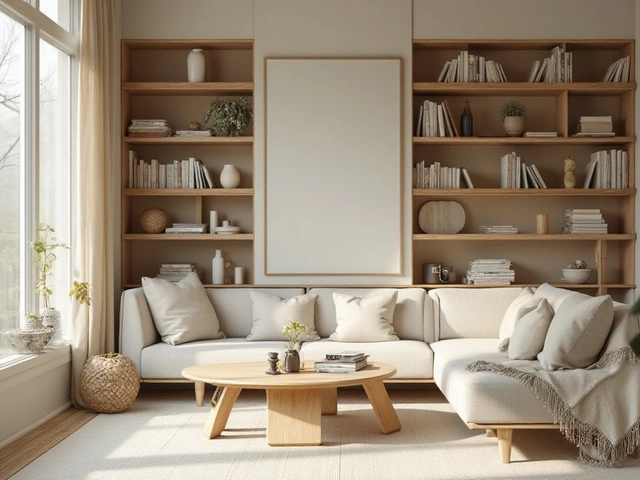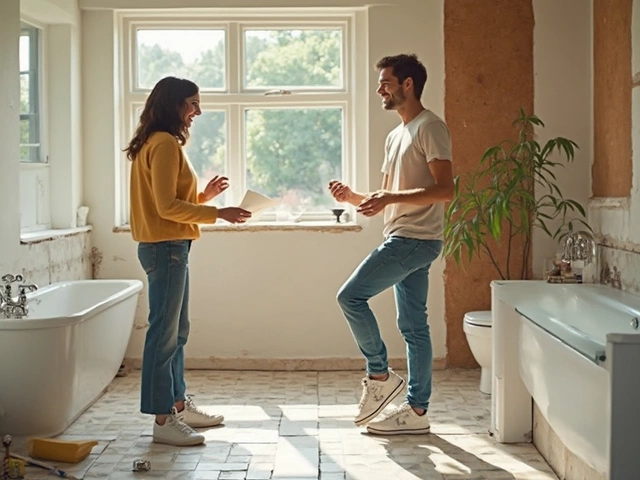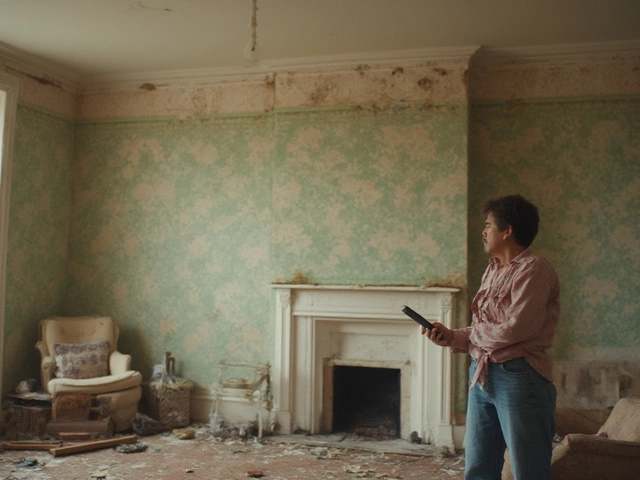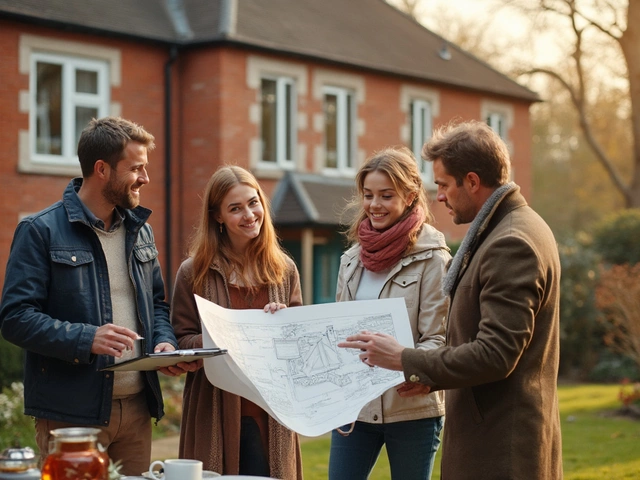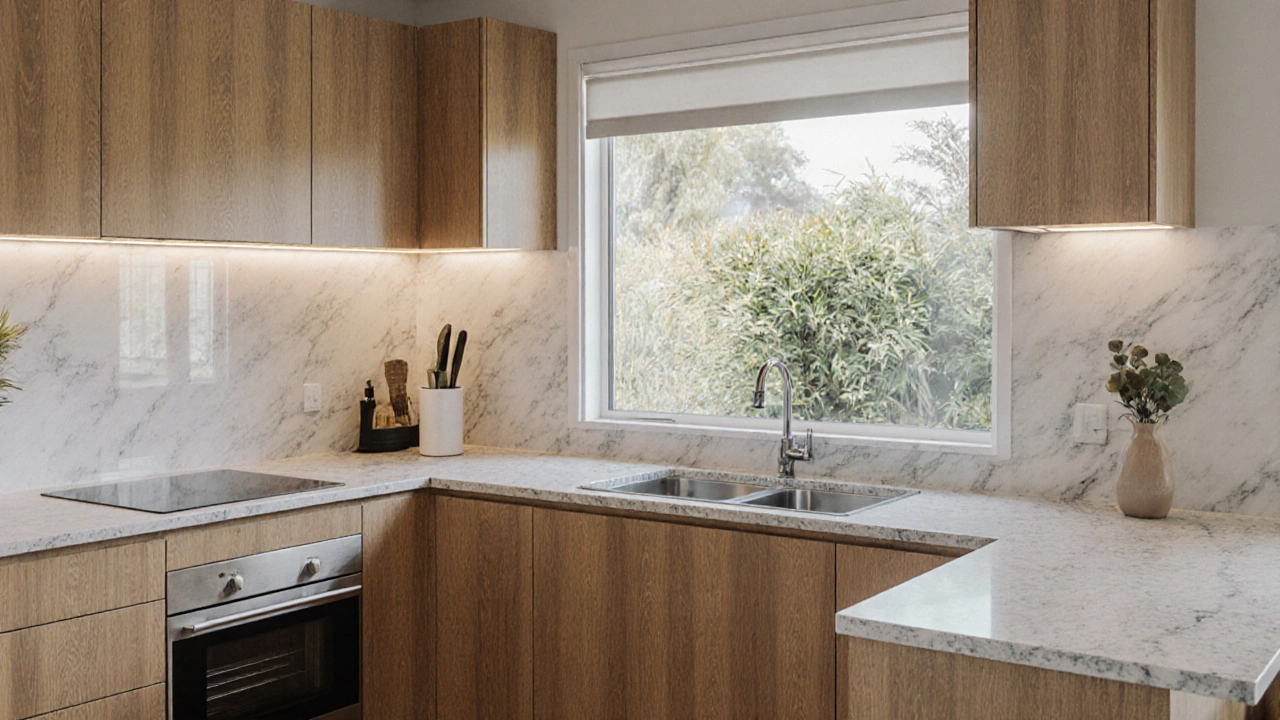
Renovation Value Calculator
Calculate the expected return on investment for your renovation based on New Zealand real estate data. Input your renovation costs to see which projects give the best value.
Input Your Renovation Costs
Your Renovation ROI Results
Total Estimated Value Added
Your renovations could add $0 to your property value.
This represents a 0% return on investment.
Kitchen ROI
70-80% return on investment
Expected value added: $0
Bathroom ROI
Up to 75% return on investment
Expected value added: $0
Energy Efficiency
5-12% premium on property value
Expected value added: $0
Outdoor Space
Extends usable living space without permits
Expected value added: $0
Pro Tip
Your highest returns come from focusing on functional upgrades: energy-efficient appliances, proper insulation, and durable materials.
When you’re planning a renovation, it’s easy to get distracted by shiny finishes and trendy colours. But if you’re asking what adds the most value in a renovation, you’re thinking like a smart homeowner - not just someone chasing aesthetics. In New Zealand, where housing costs are high and energy efficiency matters more than ever, not all upgrades are created equal. Some add real, measurable value. Others? They just look nice on Instagram.
Kitchens Still Lead - But Not How You Think
The kitchen is still the biggest value driver in a home renovation, but it’s not about marble countertops or smart fridges. It’s about function, durability, and cost control. A well-planned kitchen renovation in Auckland can return 70-80% of its cost at resale, according to local real estate data from 2024. What works? Replacing outdated cabinetry with solid timber doors, upgrading to energy-efficient appliances (like a 5-star rated fridge or induction cooktop), and reconfiguring the layout to fix the classic ‘work triangle’ - sink, stove, fridge - so it’s actually usable.
One homeowner in Ōtāhuhu spent $28,000 on a mid-range kitchen redo: new cabinets, quartz benchtops, a double sink, and LED lighting. They sold the house six months later for $110,000 more than their neighbour’s similar property with an untouched 1990s kitchen. The difference? Their kitchen felt modern, clean, and worked for real life - not just for photos.
Bathrooms Are the Silent Value Boosters
If your bathroom still has a 1980s toilet, cracked tiles, or a shower that leaks when you turn on the tap, you’re leaving money on the table. A bathroom renovation can return up to 75% of its cost, even more if you’re in a high-demand suburb like Ponsonby or Remuera.
What matters here? Water efficiency and safety. Replacing old taps with low-flow models cuts water bills and appeals to eco-conscious buyers. Installing non-slip flooring and grab bars isn’t just for aging residents - it’s a selling point for families and future-proofing your home. A simple, clean design with good lighting and a walk-in shower (no tub needed) beats a luxury clawfoot tub every time. One client in Wellington spent $18,000 on a bathroom overhaul: new tiles, a frameless shower, LED mirrors, and a dual-flush toilet. Their home sold 17 days faster than the average in their area.
Energy Efficiency Isn’t Optional - It’s a Selling Point
Since 2023, New Zealand’s Healthy Homes Standards require rental properties to have insulation, heating, and ventilation. But even if you’re not renting, buyers are asking for it. A home with proper ceiling and underfloor insulation, double-glazed windows, and a heat pump can command a 5-12% premium over similar homes without these upgrades.
Insulation is the cheapest, highest-return fix. Adding 140mm of ceiling insulation in an older home costs around $2,500-$4,000 and can cut heating bills by 30%. Double glazing is pricier - $10,000-$20,000 depending on size - but it’s worth it if your windows are single-pane. Heat pumps are non-negotiable now. Buyers don’t just want them; they expect them. In Auckland, homes with heat pumps sell an average of 11 days faster than those without.
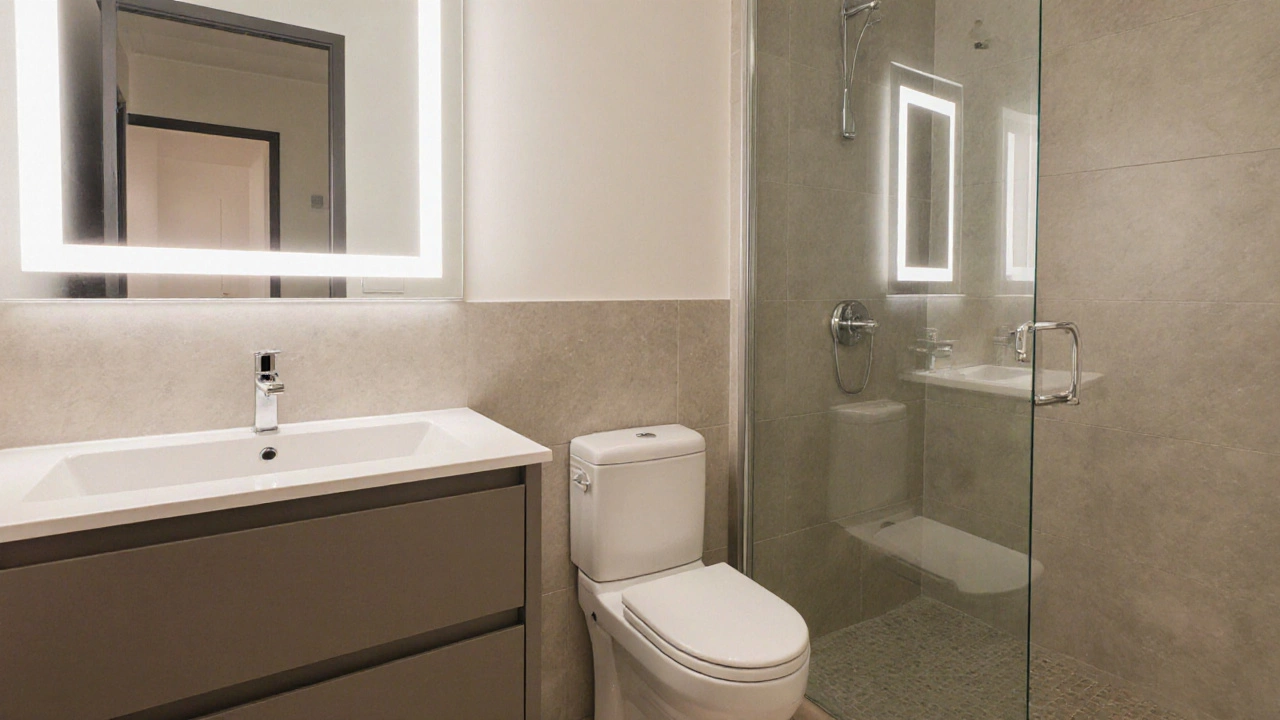
Outdoor Spaces Turn Houses Into Homes
Aucklanders live outside. A well-designed, low-maintenance outdoor area isn’t a luxury - it’s a requirement. A simple concrete patio with built-in seating and native planting can add more value than a fancy indoor spa. Why? It extends usable living space without the cost of adding square footage.
Don’t waste money on expensive decking that needs yearly oiling. Instead, use durable, low-maintenance materials like composite decking or concrete pavers. Add a pergola with shade cloth - not a full roof - to create usable space without needing a building consent. One family in Howick added a $12,000 outdoor zone: a paved area, raised garden beds, and a small water feature. Their home received two offers above asking price within a week.
Don’t Waste Money on These
Some renovations look impressive but rarely pay off. Avoid:
- Custom-built walk-in wardrobes - buyers want flexible storage, not fixed layouts
- High-end home theatres - too niche, and the equipment becomes outdated fast
- Expensive designer lighting - stick to clean, functional fixtures
- Swimming pools - they cost more to maintain than they add in value
- Painting every wall a trendy colour - neutral tones sell faster
One couple in Christchurch spent $45,000 on a custom media room with surround sound and leather recliners. They sold the house a year later for $15,000 less than they paid. The buyer didn’t want a theatre - they wanted space for their kids to play.
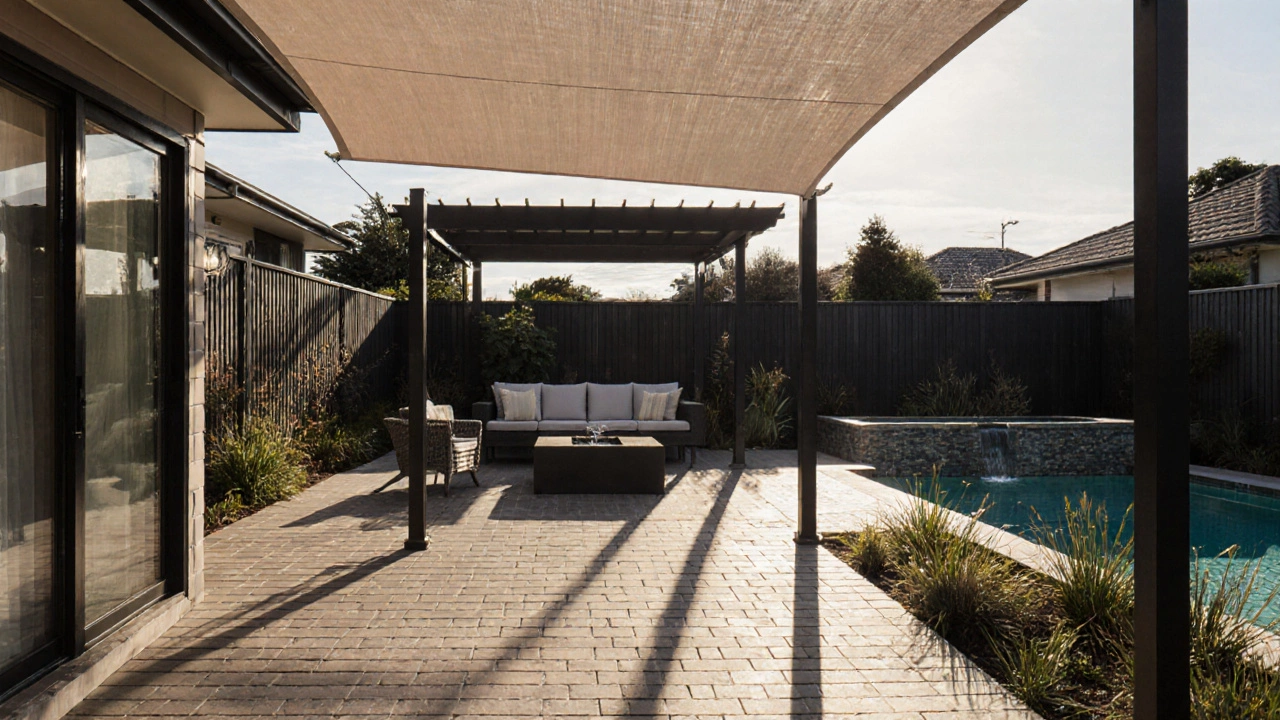
Timing and Presentation Matter as Much as the Work
A renovation done well but shown poorly won’t get top dollar. Stage your home like a model house. Declutter. Let in natural light. Make sure every room has a clear purpose. Buyers don’t see your renovation - they see how they’ll live in it.
Also, timing matters. Renovating in spring gives you the best chance to catch the peak market before winter. In Auckland, homes listed between September and November sell for an average of 4% more than those listed in winter.
What’s the Real ROI? Here’s the Shortlist
If you’re short on cash and need to pick just a few upgrades, here’s the order that delivers the most bang for buck:
- Insulation and draught-proofing - cheapest, biggest energy savings
- Heat pump installation - essential in NZ climate, high buyer demand
- Updated kitchen - focus on layout and appliances, not luxury finishes
- Bathroom refresh - fix leaks, improve lighting, go for clean lines
- Outdoor living space - extend your home’s footprint without permits
These five areas cover comfort, cost savings, and curb appeal - the trifecta that buyers care about. You don’t need to do them all. But if you do even three, you’re ahead of 80% of homeowners who renovate without a plan.
Final Thought: Value Isn’t About Luxury - It’s About Living
The best renovations don’t scream for attention. They make life easier. They keep you warm in winter. They let you cook without fighting your layout. They turn a house into a place you actually want to be - and that’s what buyers pay for.
What home renovation gives the highest return on investment in New Zealand?
Insulation and energy efficiency upgrades give the highest ROI. Adding ceiling and underfloor insulation costs under $4,000 and can reduce heating bills by 30%, while also increasing property value by 5-12%. Heat pumps follow closely - homes with them sell faster and for higher prices. Kitchens and bathrooms are next, but only if they’re functional and modern, not just stylish.
Should I renovate before selling my house?
Yes - but only if you focus on the right things. A targeted renovation that fixes outdated kitchens, leaky bathrooms, or poor insulation will pay off. Cosmetic changes like new paint or trendy light fixtures won’t move the needle. The goal isn’t to make your house the fanciest - it’s to make it the most livable. Buyers pay for comfort, not decoration.
Is a kitchen remodel worth it in 2025?
Absolutely - if you keep it practical. Replacing old cabinets with new ones, upgrading to energy-efficient appliances, and installing durable quartz or laminate benchtops can return 70-80% of your spend. Avoid custom features like built-in wine fridges or high-end brass fixtures. Buyers want clean lines, good storage, and reliability - not a showroom.
Do bathrooms add value to a home in New Zealand?
Yes, especially if they’re outdated. A bathroom with cracked tiles, a slow shower, or a single-flush toilet is a red flag for buyers. Even a $15,000 refresh - new tiles, a frameless shower, LED lighting, and a dual-flush toilet - can boost your home’s appeal and sell it faster. Walk-in showers are preferred over bathtubs unless you’re targeting luxury buyers.
What renovations should I avoid in New Zealand?
Avoid swimming pools, custom home theatres, and expensive designer lighting. These are niche, costly to maintain, and rarely add value. Also skip over-the-top luxury finishes like marble floors or gold taps - they don’t appeal to the majority of buyers. Stick to durable, neutral, and functional upgrades. Simplicity sells.
Does landscaping add value to a home?
Yes - but only if it’s low-maintenance. A neat, native garden with paved pathways and simple seating adds curb appeal and can increase perceived value by 5-10%. Avoid high-water lawns, exotic plants, or complex irrigation systems. Buyers want greenery that looks good without needing a gardener every week.
